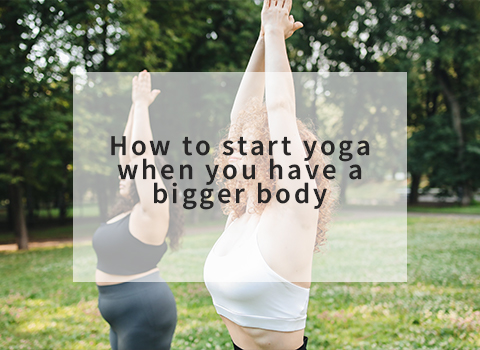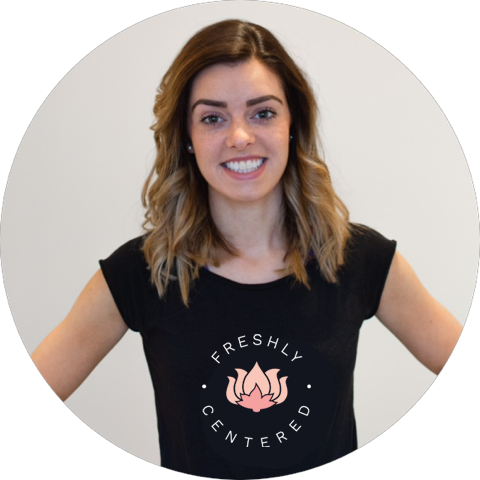I did a poll on Instagram, recently where I asked “If you don’t practice yoga, why not?” and I was surprised to see comments from people saying they didn’t do yoga because they weren’t the right size or shape for yoga. There is NO requirement to have a certain body shape or size to practice yoga, and the benefits of a regular yoga practice goes FAR beyond the physical practicalities. There are countless benefits to practising yoga from improving flexibility and body strength to relieving stress and anxiety. These benefits are for everybody, regardless of age, shape, and size.(Contains paid ads).
So if you’re a person with a larger body, the thought of buying some yoga mats can seem a little daunting, especially since the art is usually associated with waif bodies who can tie themselves into knots. That’s a myth. If you have a body, you can do yoga. Here are some tips to get you started.
Why Yoga?
Physical activity is supposed to improve your mobility and general health. Yoga is especially beneficial for people who are looking to decrease their stress, flexibility, as well as improving their strength and muscle tone.
People living in larger bodies may experience joint pain, for example. Yoga helps to improve the alignment of the body and allowing the frame to support their bodyweight more effectively.
In addition to the physical benefits, yoga helps to improve mental health as it helps to build self-image and body acceptance as a celebration of what it can do. There is a yoga practice for everyone.
Modify poses if you need to
Every person has a different body. Since this is the case, it may be necessary to modify a pose so that you are safe from injury. There are so many modifications that can make poses easier to access. Think different hand positions, relaxing or avoiding binds, reaching half way instead of the full distance, and using yoga blocks or yoga straps for assistance. For somebody with a bigger body, it is common for their ego to perhaps get in the way of making that change, or to feel the pressure to replicate like everyone else, especially in a room full of people who seem to be doing it all. However, everyone is there simply for their own practice, not to compete with you.
It is important to listen to your body and respect its limitations. Yes it should be challenging, but it should never cause pain or injury. Understand that in doing so you are not a lesser practitioner for making the necessary modifications in your yoga poses. It could be argued that you are much more advanced practitioner in that you can listen to your body and give it what it needs.
Take it Slow and Stretch Often
As with any physical activity, it’s important to always go at your own pace. Regularly practising yoga will encourage flexibility over time. However, it may help your practice if you include some routine stretching outside of yoga classes to help to reduce the risk of injury or strain. In order to do this, choose around five different yoga poses that make you feel good and practice them often between classes and you will feel yourself building strength and flexibility.
Check Out Online Communities
Get yourself on Instagram and Facebook and you will find whole groups of people who are keen to practice yoga in their plus-sized bodies. Even if you are unable to find a class near you, having accountability can be incredibly helpful for building your confidence.
Don’t Give Up
Yoga can be challenging. Starting the practice may bring up some difficult emotions that are normal and healthy to contend with. When you first get started you may also experience some negative self-talk. The most important thing is to ignore self-criticism and do your best to let it all go. Yoga is excellent for the body and mind and persistence is key.


